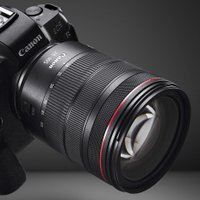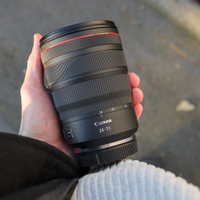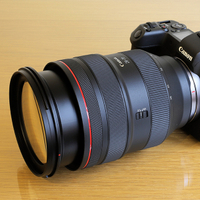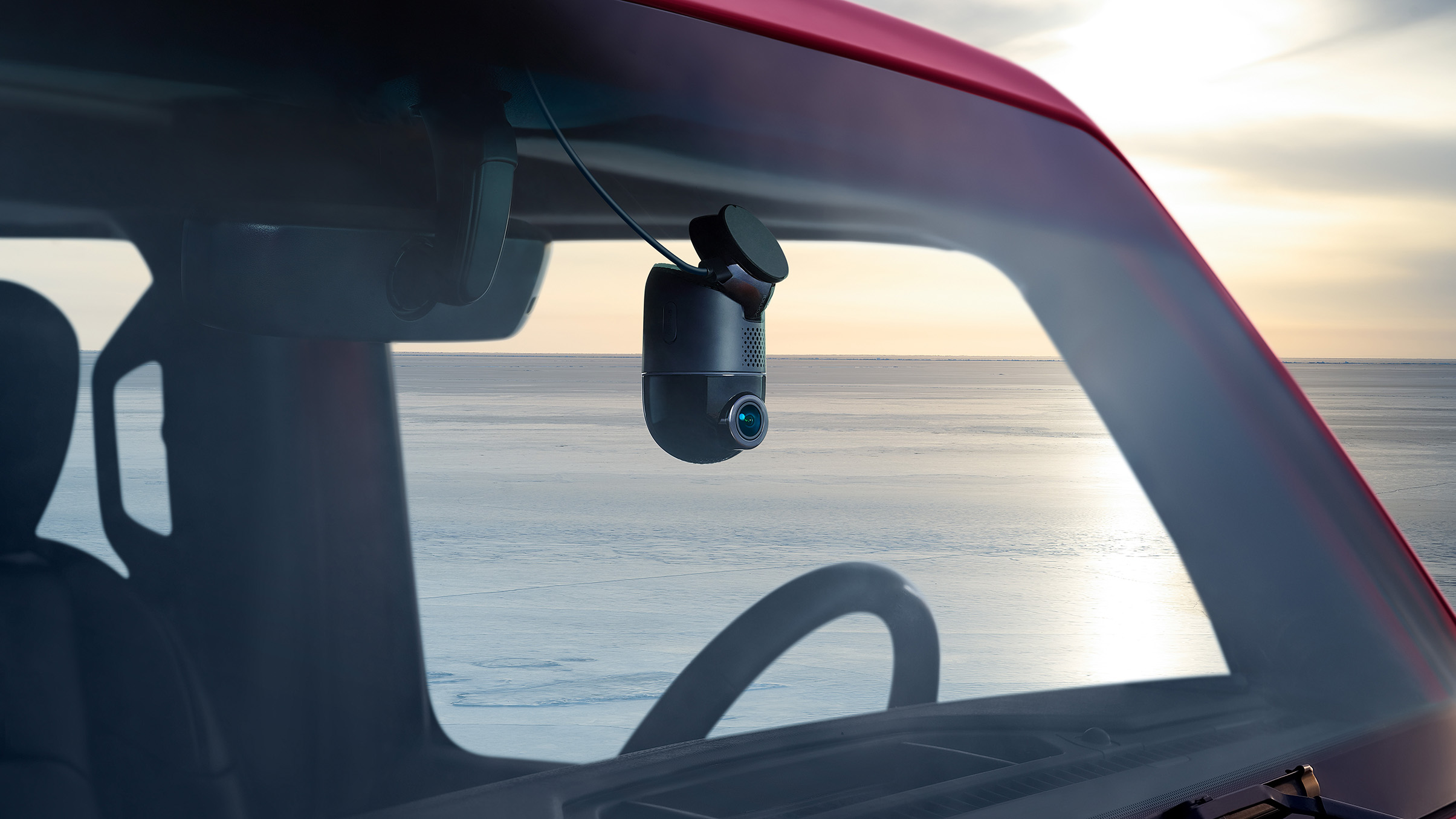Digital Camera World Verdict
For the first in a proposed line of new hybrid lenses, the Canon RF 24-105mm f/2.8 IS USM Z is off to a very strong start. A 24-105mm with a constant f/2.8 aperture has been the dream of many for a long time, and Canon has finally delivered. Designed for stills and video, regular cine lens users won’t be shocked at its large size, although stills photographers might be, as the lens is considerably bigger than the RF 24-70mm f/2.8, perhaps too much so for photographers. The quality is sublime, though, with sharp results throughout the zoom range in my testing. The lens unfortunately will be prohibitively expensive for most who aren’t dedicated professionals in both stills and video.
Pros
- +
Constant f/2.8 aperture throughout entire range
- +
Brilliant for stills and video
- +
Image quality appears to be excellent
Cons
- -
Large lens for stills photographers
- -
Aperture ring only works for video (for now at least)
- -
Expensive
Why you can trust Digital Camera World
Despite being the lenses that we tend to use the most, is there a type of lens more unexciting than the standard zoom lens? For years and years, we have been stuck with either a 24-105mm f/4 or a 24-70mm f/2.8. These tend to be exceptional lenses, and the workhorse lenses for professional photographers everywhere, but with marginal improvements to image quality or autofocus with each new generation, I find it hard to get excited about a new version.
Canon promised a lot when it launched the RF mount, claiming that new and never-seen-before lenses would now be possible. To prove this point, it launched perhaps one of the only exciting standard zooms with the Canon RF 28-70mm f/2L USM. Since then, it has been a little quiet on revolutionary new lenses. But now, the manufacturer seems to be about to make good on its promise with the Canon RF 24-105mm f/2.8 IS USM Z.
Yes, you read that right, this is a 24-105mm lens with a constant f/2.8 aperture, which has been the dream of so many photographers for so long. Although this one comes with a bit of a twist; instead of being a photography lens that is also good for video, Canon has decided to make a true hybrid lens that walks the line between cine lens and stills lens. Canon has told me that this lens is intended as the first in a new line of hybrid lenses, but they should not be referred to as Z-line or Z lenses.
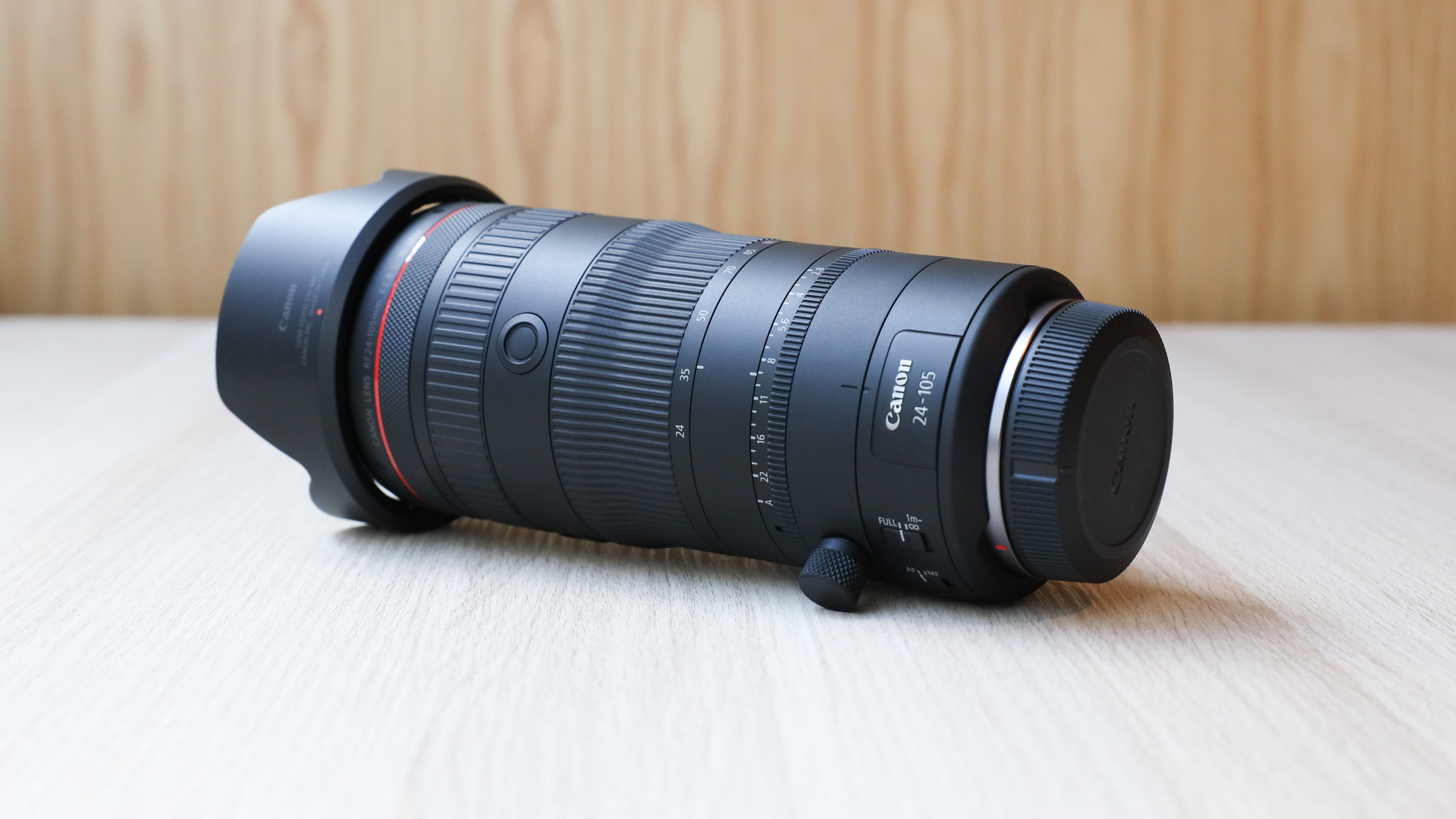
The new addition of the Z in the lens name stands for ‘zoom’, or rather ‘power zoom’, but not to be confused with other PZ or PTZ cameras, Canon seems to have just stuck with the single Z. As in reality, the lens doesn’t have actually power zoom built into it, instead requiring an additional Power Zoom Adapter for any assisted zooming functions.
Canon has you covered for this, also announcing the PZ-E2 (with USB-C input) and the PZ-E2B (which has an extra 20-pin connector for connecting additional accessories). Both these natively attach to the 24-105mm f/2.8 with screw holes on the lens, and enable smooth zoom control through buttons on the adapter, controls on the camera, or remote control from Canon’s apps.
This lens seems like it is trying to offer a lot – but is it the jack of all trades, master of none?
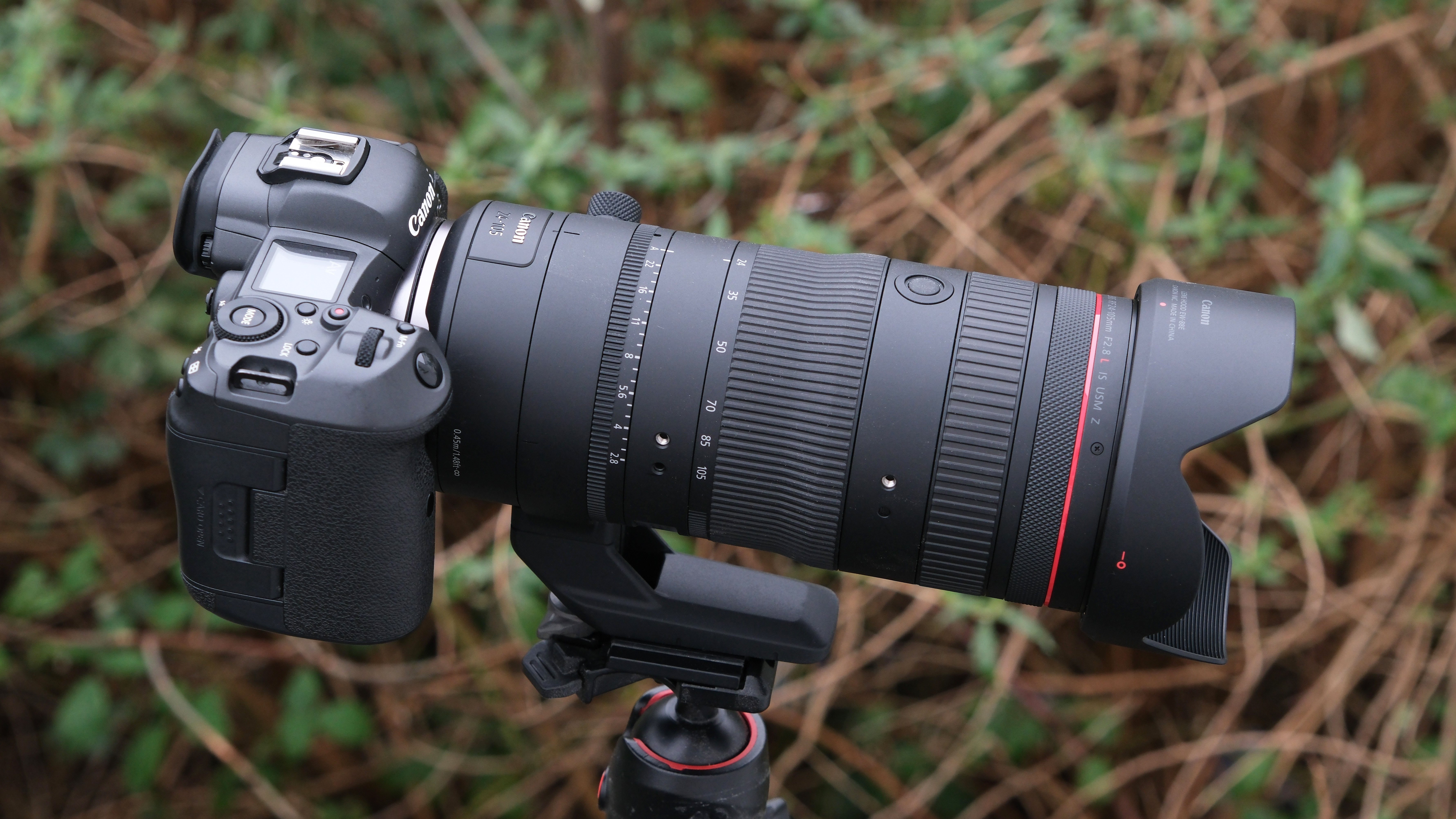
Canon RF 24-105mm: Specifications
| Autofocus | Dual Nano USM |
| Lens construction | 23 elements/18 groups |
| Special optics | 4x UD, 3x Aspherical (2x GMO), ASC, Super Spectra, Fluorine (front) |
| Diaphragm blades | 11 |
| Aperture | 2.8 - 22 |
| Close focusing distance | 0.45m |
| Maximum magnification | 0.8x (24mm) 0.29x (105mm) |
| Image stabilizer | 5.5 stops (OIS), 8 stops (OIS + IBIS) |
| Lens function buttons | 2 |
| Dust/moisture resistance | Yes |
| Filter diameter | 82mm |
| Size (diameter x length) | 88.5 x 199 mm (3.48 x 7.84 in) |
| Weight | 1350g (2.98lbs) |
Canon RF 24-105mm: Price
The lens joins the RF 28-70mm f/2L USM as being one of the most expensive RF lenses you can buy, coming in at a steep $2,999 / £3,439 / AU$5,399.
That price does not include the optional Power Zoom adapter mentioned earlier – and in the spirit of everything to do with filmmaking being staggeringly expensive, the PZ-E2 costs a whopping $999 / £1,149 / AU$1,799, while the PZ-E2B costs $1,299 / £1,529. Considering the last Power Zoom Adapter, the Canon PZ-E1, was only $150, I would heavily question the value of the PZ-E2.
This means that for the full package of lens and adapter, you could end up paying as much as $4,398! So for that kind of money, is this lens really all that it promises to be?
Canon RF 24-105mm: Design & Handling
There is no getting around that Canon RF 24-105mm f/2.8 IS USM Z is a big lens! More akin to something like a Canon RF 100-400mm f/5.6-8 IS USM than any of Canon’s standard zooms, it makes the Canon RF 24-105mm f/4L IS USM look almost like a compact lens in comparison.
As this is designed as a hybrid lens to straddle the world of cine lenses and stills lenses, if you shoot a lot of pro video then the size will be less shocking as most cine lenses are on the large side, but stills-only photographers might find the length more surprising.
When I was out and about shooting with this lens, I couldn't help feeling a little awkward with the size, especially taking 24mm landscape shots with such a long lens, and I certainly attracted some sideways glances – and if I am completely honest, whilst I do marvel at the constant f/2.8 aperture, I just think the lens is too big for photographers.
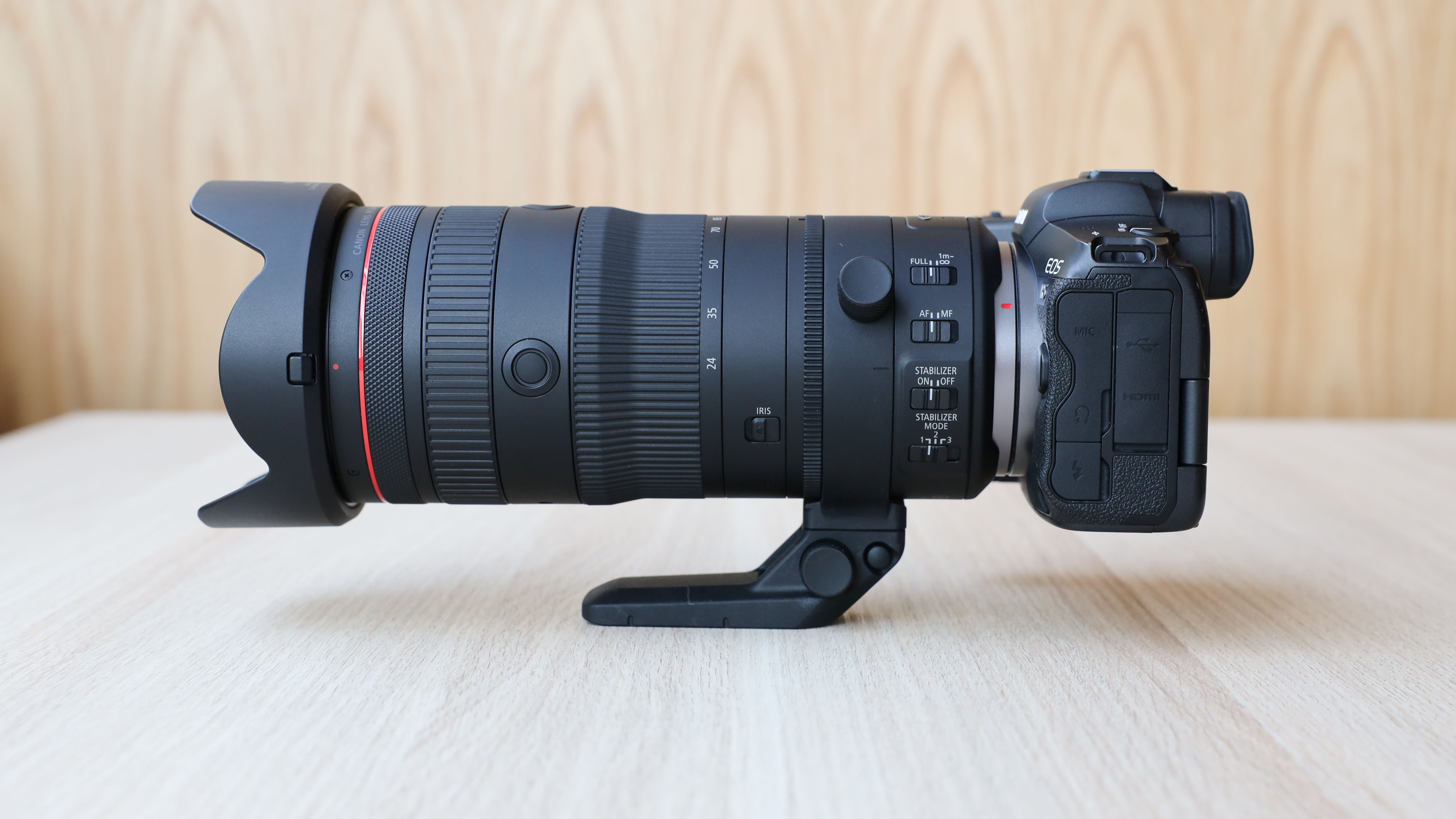
Where big aperture lenses like the Canon RF 50mm f/1.2L USM are usually quite wide but stocky to accommodate their bigger apertures, the 24-105mm f/2.8 has interestingly just gone long – but with not much more girth to it than Canon’s other lenses. It actually almost just resembles the Canon 24-105mm f/4 lens if it was stretched out on Photoshop. Due to its extended length and intended hybrid use, the RF 24-105mm f/2.8 comes with a tripod foot as standard, which did perfectly balance with the Canon EOS R5 in my testing.
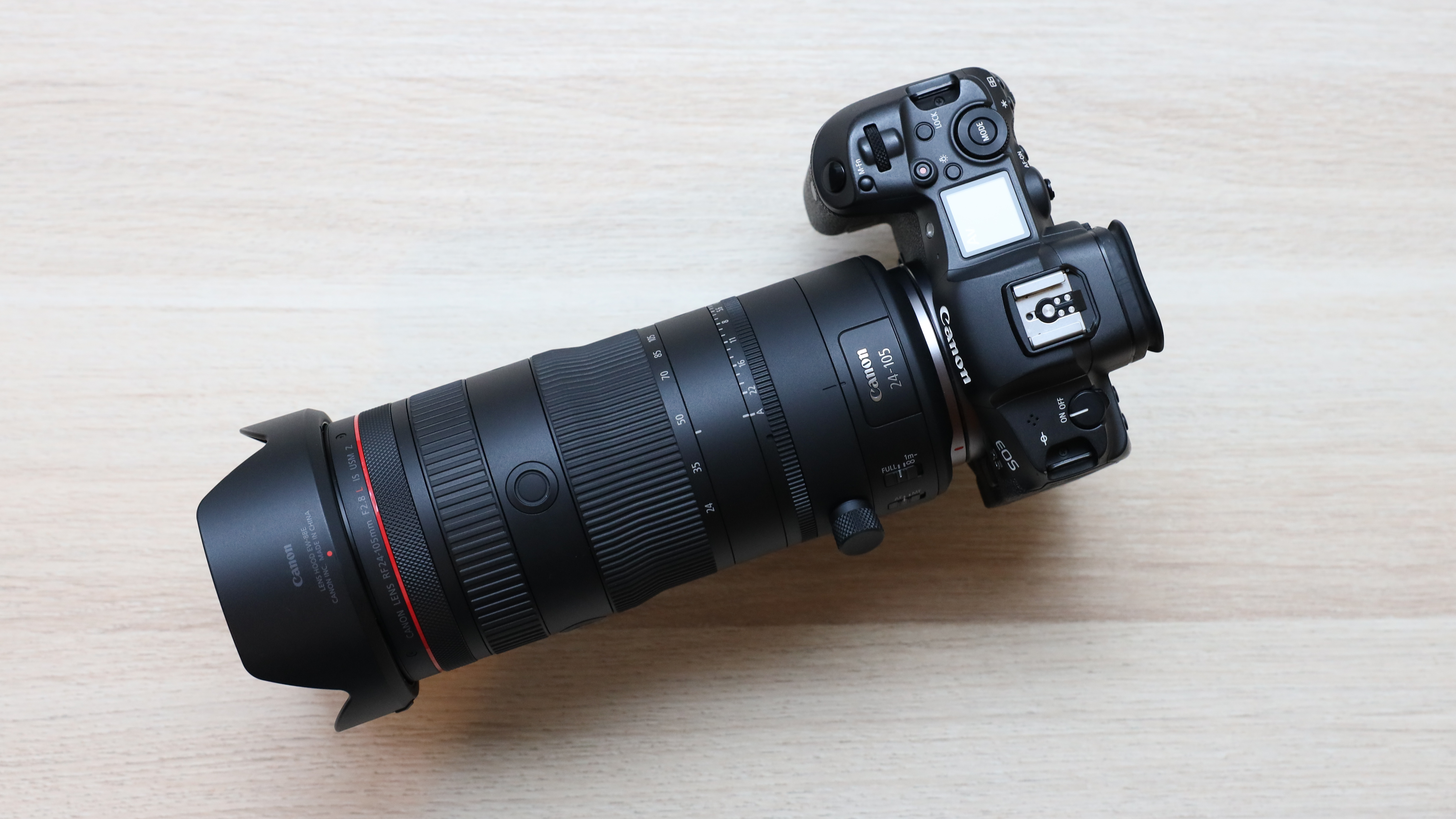
The additional size, though, is not only to accommodate the wider aperture but also to fit in the new focus and aperture rings. The focus ring on the 24-105mm f/2.8 has been moved up front on the lens, with a wider texture that is slightly different from Canon’s other RF L-series lenses – it's much closer to what you would expect to find on a Canon cine lens, which should work better with external focus accessories.
The lens also packs in optical image stabilization of up to 5 stops, which when paired with compatible bodies can go all the way up to a combined 8 stops when used with a compatible camera with in-body image stabilization. The lens offers some additional control over the optical image stabilization in the same manner as its telephoto lenses, with a switch to choose between static, panning, or general-purpose O.I.S.
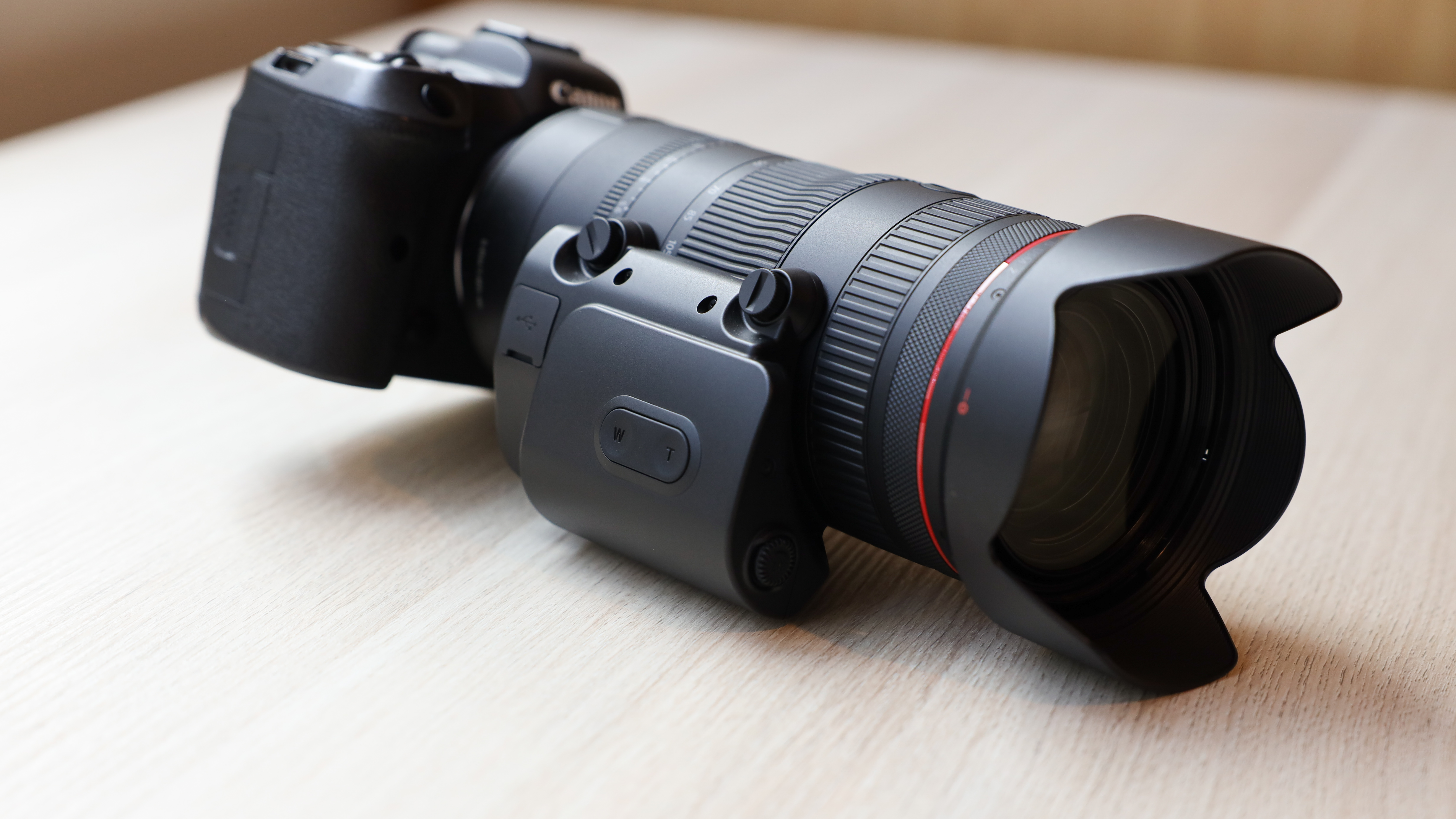
The new aperture ring only works in video. I did ask Canon if this could be something that is rectified with a later firmware update, but there is no official confirmation, with the party line being that the control ring can also be used for video aperture right now.
The aperture ring is silent; there is no switch to turn the clicks on and off, like on a Sony lens, which suggests that it was never intended for photography use. The aperture ring turns very smoothly, although was a little too loose for my personal tastes and was turned just a touch too easily. However, there is a catch to lock the aperture ring in ‘auto’ and then still manually control the aperture using the camera body, if that is your preferred method for video.
If you are in any stills mode, then no matter what position the aperture ring is in, the aperture is controlled by the camera dials.

Canon RF 24-105mm: Photo Performance
24-105mm has been the classic range for many a kit lens, the range covers everything that most photographers might need from wide landscapes down at the 24mm end, through to a mid-telephoto length perfect for portraits. Usually, this focal length is perfect for travel or reportage photographers who need to capture a range of subjects without carrying multiple lenses, although with the sheer size of this lens – I am not sure if this lens fulfills that purpose.
Below are examples displaying the full zoom range of the Canon 24-105mm f/2.8L IS USM Z.






In practice, sharpness appears to be pretty outstanding throughout the zoom range to my eye, with results looking near close to perfect in the center of the frame at every aperture. In the corners, the lens is excellent at apertures of around f/4 and above at every length, but even at f/2.8 it still produces some impressive results with only the 105mm end of the lens showing some softness in the corners.
There is some minor vignetting at the wide end of the lens, although this doesn't affect the telephoto end – and is nothing that a few simple tweaks in Lightroom won't remove.
You can see more detailed results in the example images below showing the image corner in the top left.
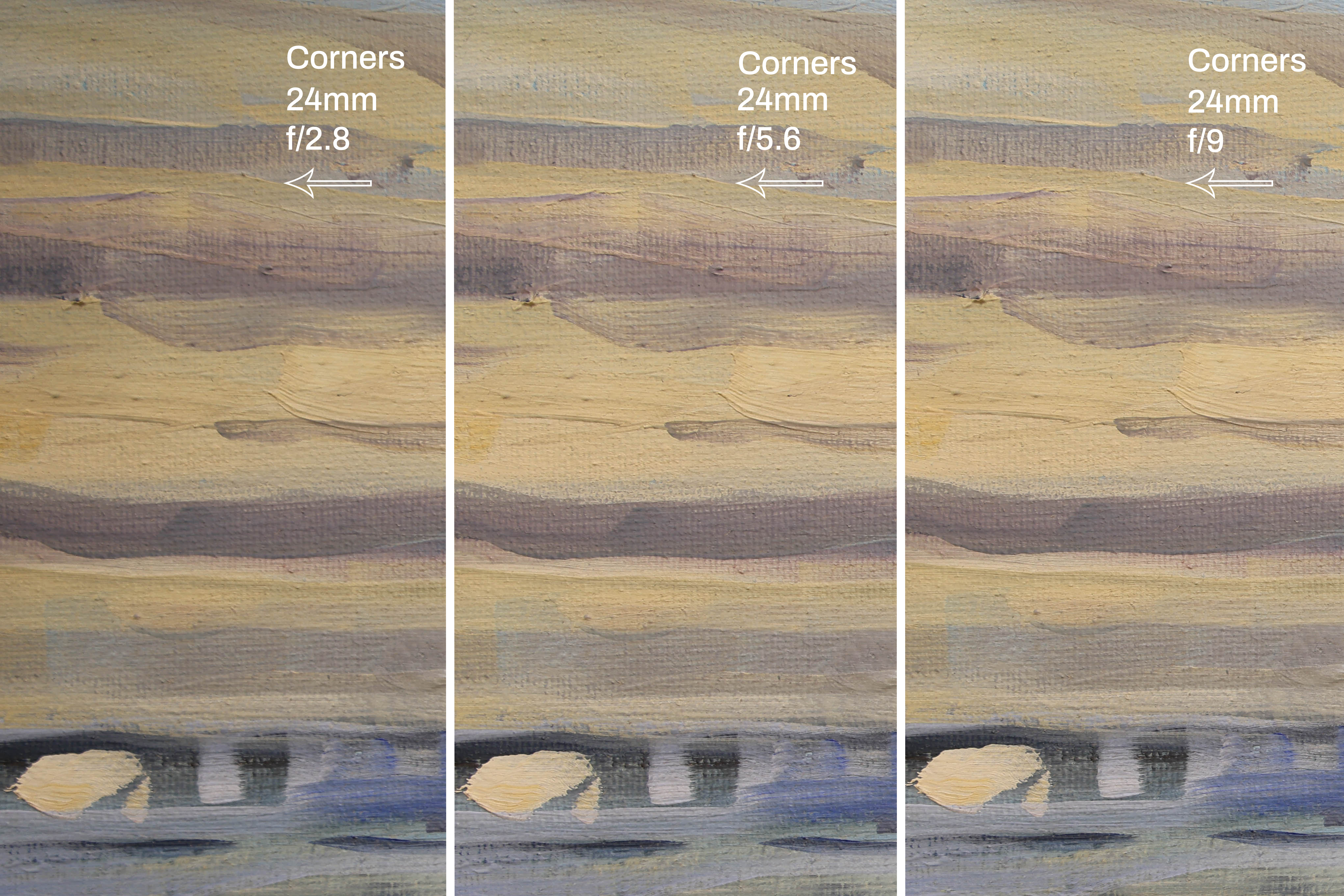
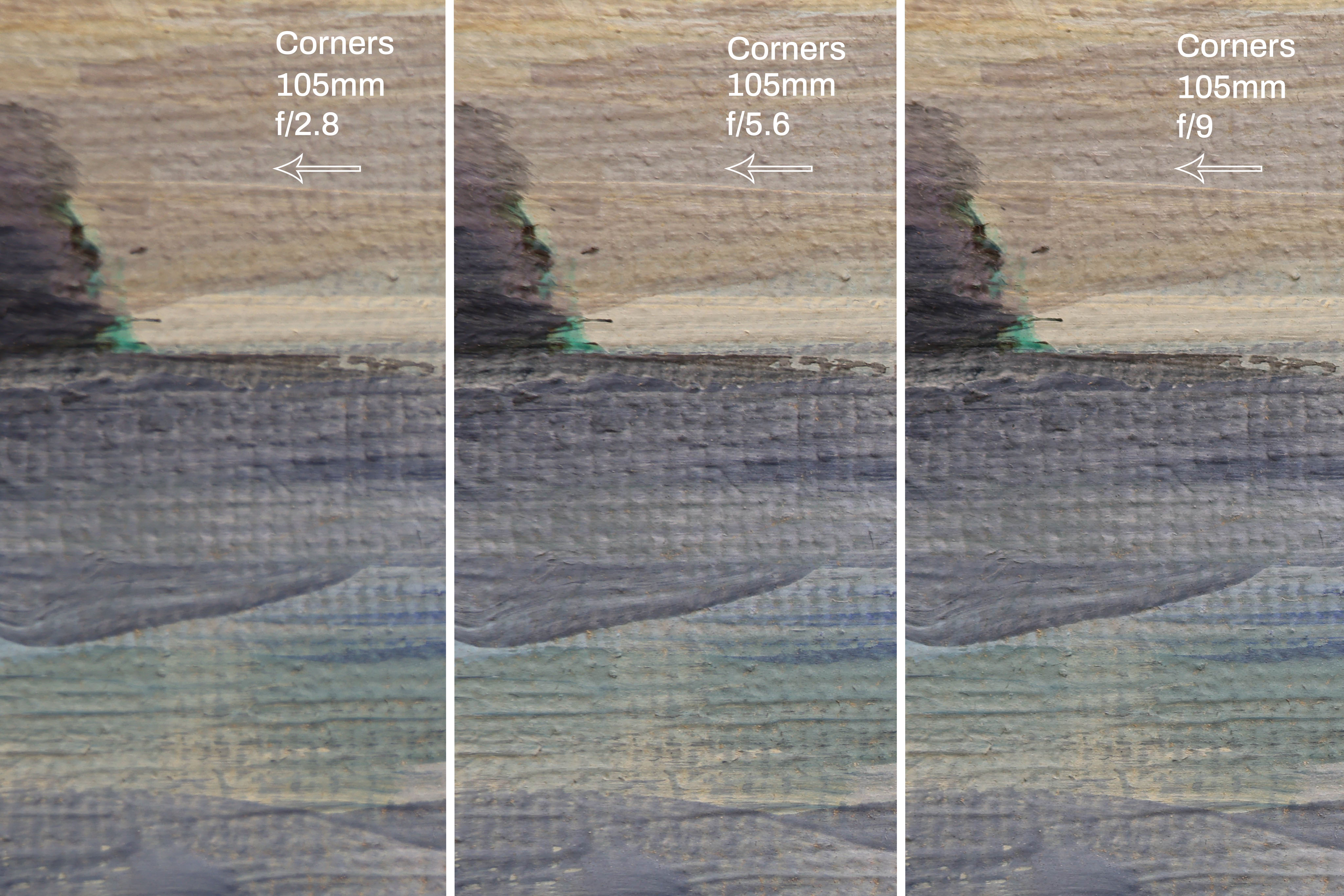
For photographers, the big selling point of this lens is the f/2.8 aperture in this focal length. This wider aperture is less prominent at wide angles for background separation but makes for a much more effective lens in low-light situations, with the lens allowing two more stops of light than the equivalent Canon RF 24-105mm f/4 lens.
As you zoom through the focal range though, this extra aperture begins to make such a difference to the look of your images with subject isolation that will make any portrait pop.


Canon’s Nano USM autofocus system has proved itself time and time again, but it is worth saying again just how silent and fast it is, even when it is pushing bigger lenses like this one.
Combined with the Canon EOS R5, the focusing was very speedy, snapping onto focus points imperceptibly fast. When testing the camera/lens subject recognition on birds and animals, the lens autofocus keeps up with every twist and turn.
Image stabilization was also rock steady, when shooting static subjects in low light, I was able to drop the shutter speed at least 5-6 stops lower than anything I would attempt without IS and got a lot of useable shots, especially vital at the longer end of the lens.



Canon RF 24-105mm: Sample Images
These sample images were shot using a Canon EOS R5 camera, which is the perfect pairing with its 45MP sensor to test how much detail this premium lens can resolve. I the brief time I had the lens on loan to capture images, and the weather was definitely not on my side – with London's gloomy grey winter skies dominating these shots. This will have limited the shutter speed to be a little slower, but luckily the f/2.8 aperture is made for darker days, and image quality was exceptional time after time.
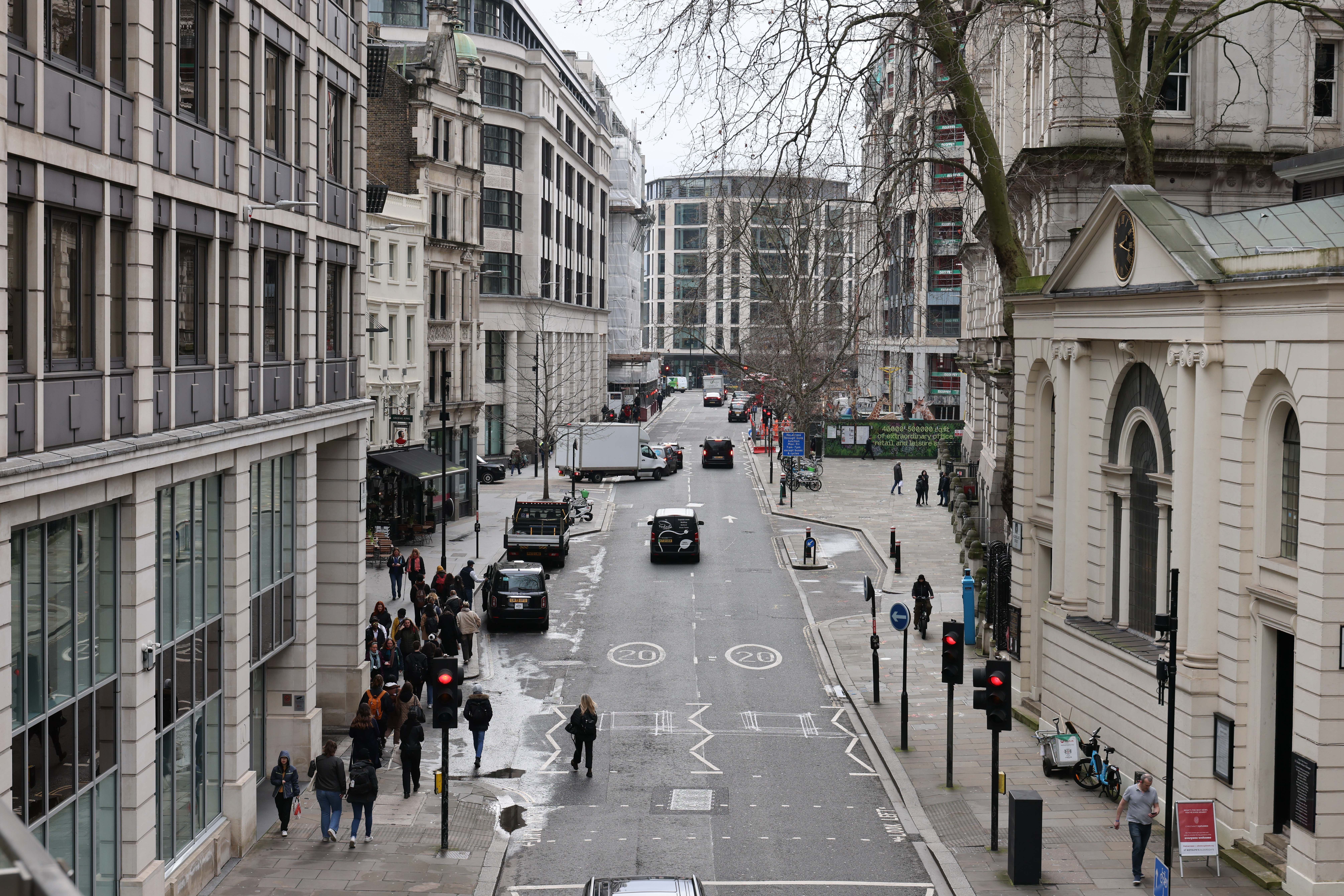

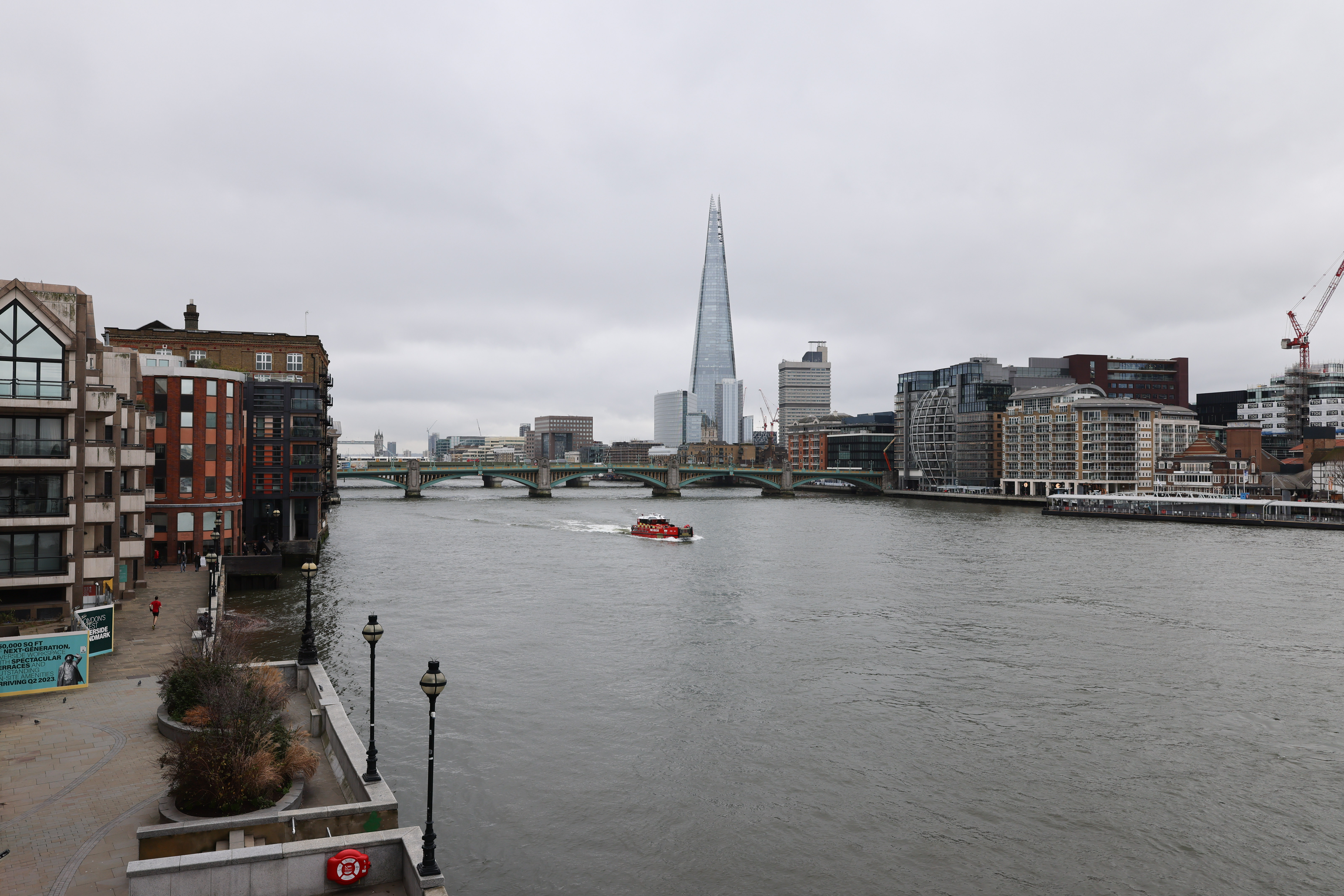



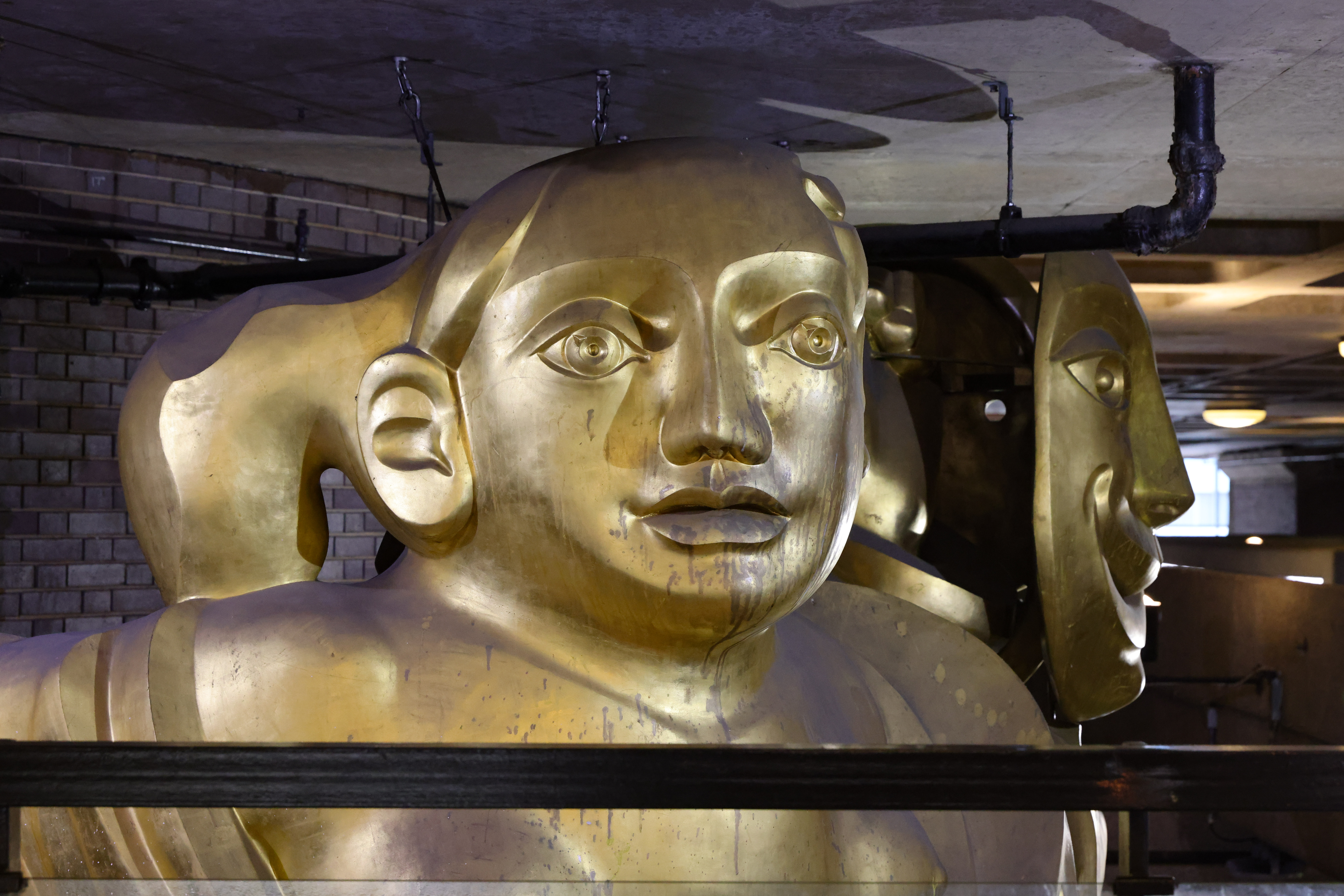


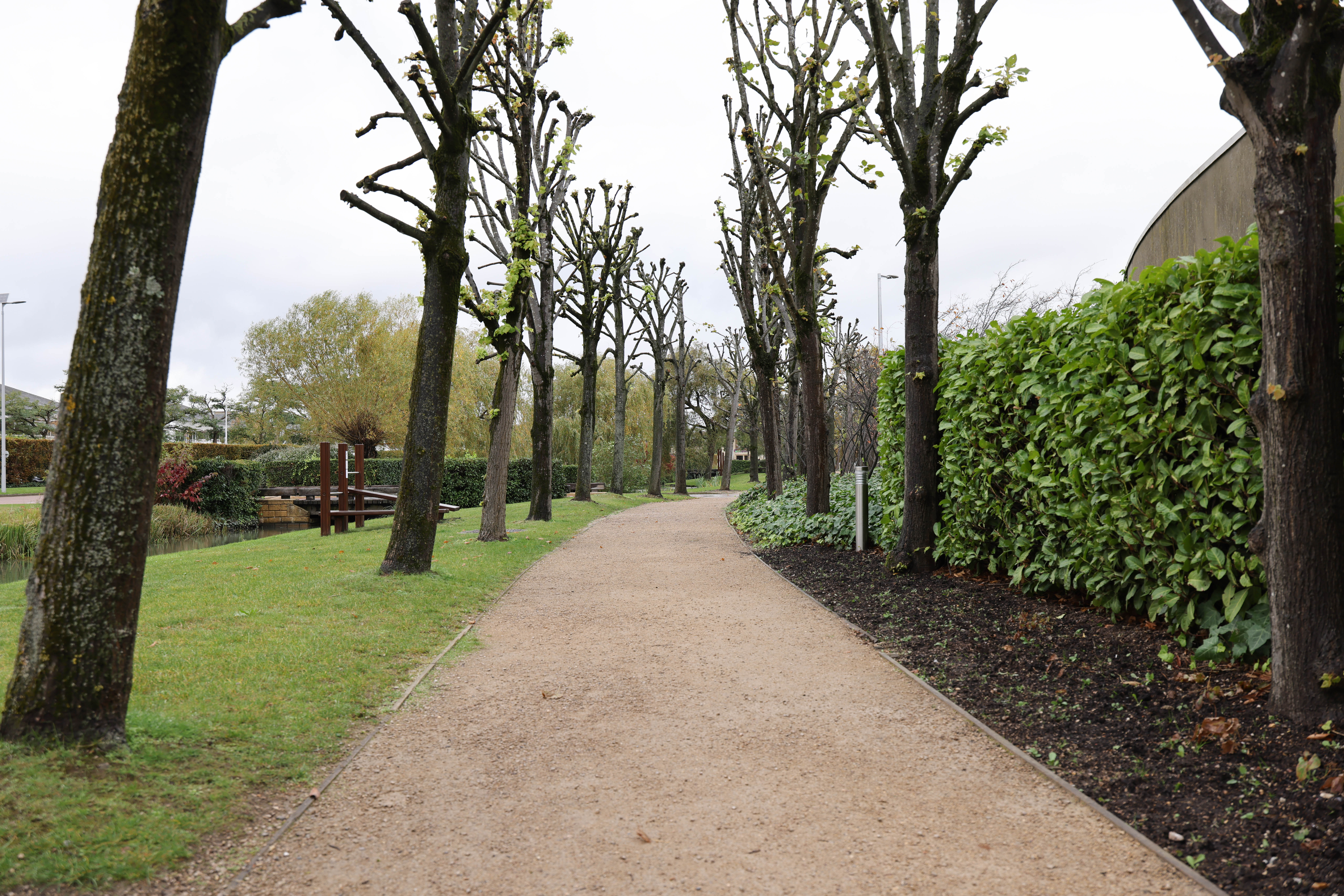

Canon RF 24-105mm: Lab Results
We run a range of lab tests under controlled conditions, using the Imatest Master testing suite. Photos of test charts are taken across the range of apertures and zooms (where available), then analyzed for sharpness, distortion and chromatic aberrations.
We use Imatest SFR (spatial frequency response) charts and analysis software to plot lens resolution at the center of the image frame, corners and mid-point distances, across the range of aperture settings and, with zoom lenses, at four different focal lengths. The tests also measure distortion and color fringing (chromatic aberration).
Sharpness:
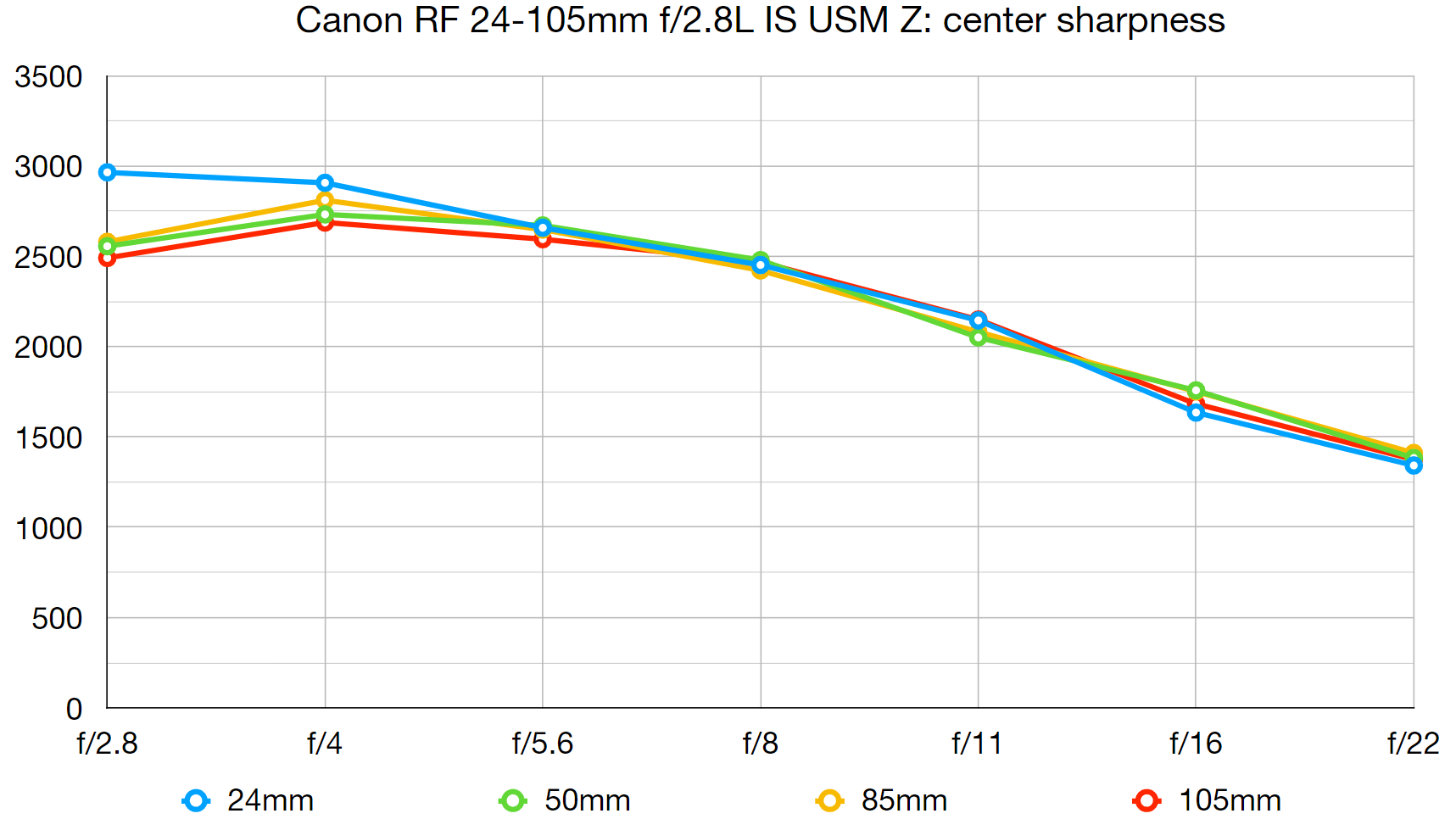
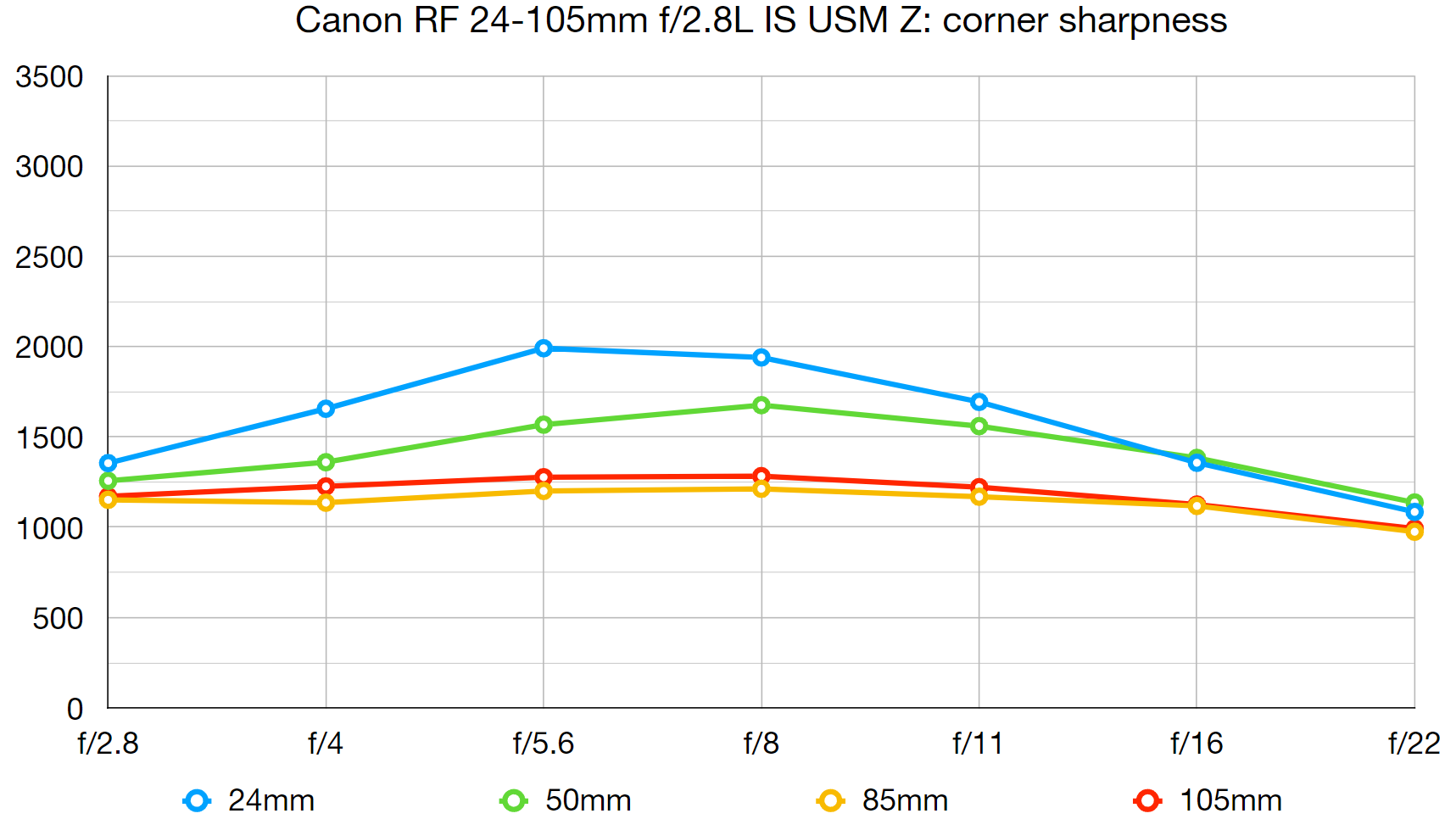
Sharpness in the center of frame is absolutely superb for any lens, let alone a zoom. However, corner sharpness is more of a mixed bag. It's good at shorter focal lengths, providing you stop down to f/5.6, but corner sharpness never gets above average at longer focal lengths.
Fringing:
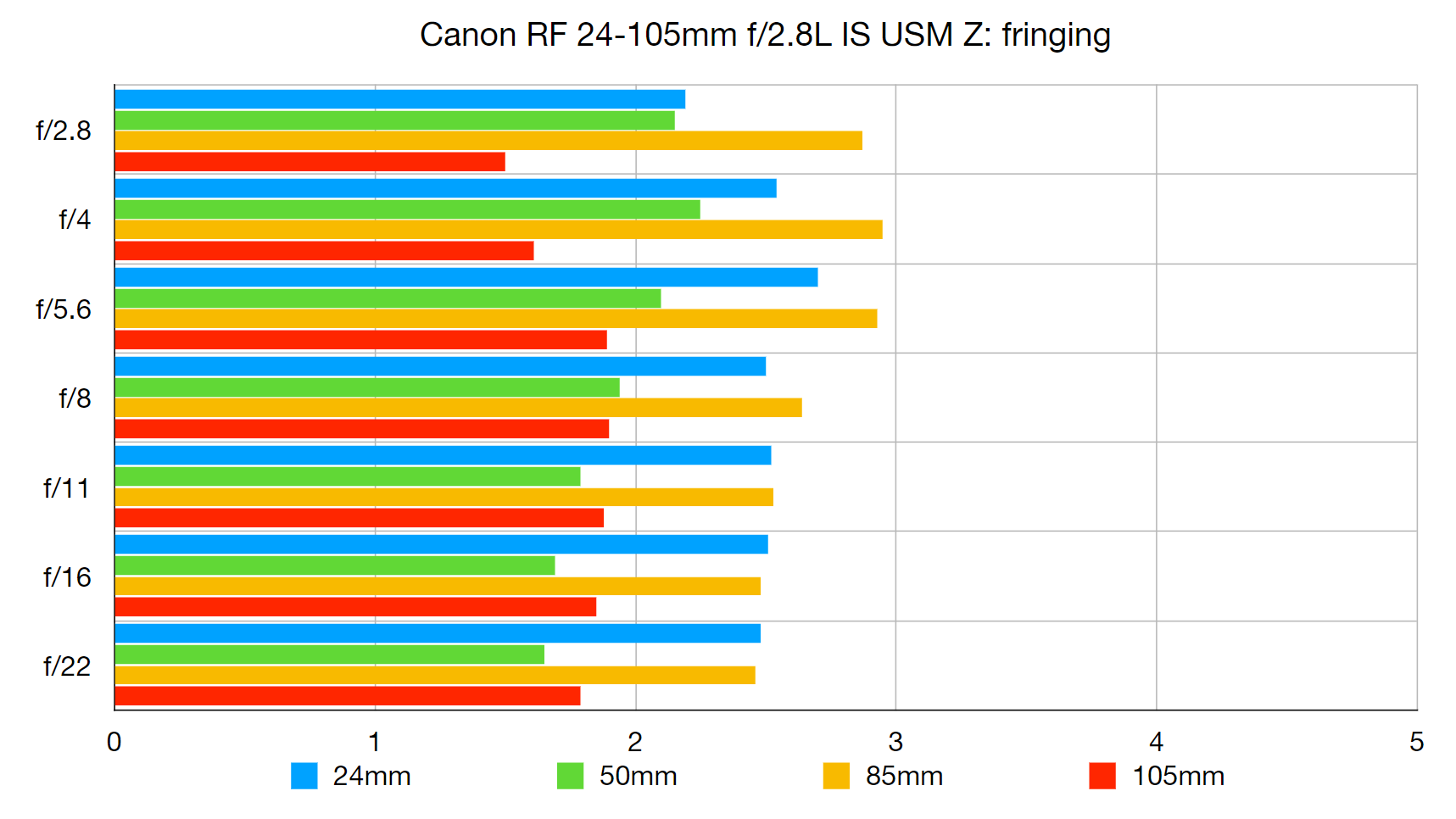
Color fringing is quite easily visible at all tested focal lengths and apertures, though it's most noticeable at 24mm and 85mm. These results were obtained with in-camera aberration correction disabled, so are a 'worst-case' scenario.
Distortion:
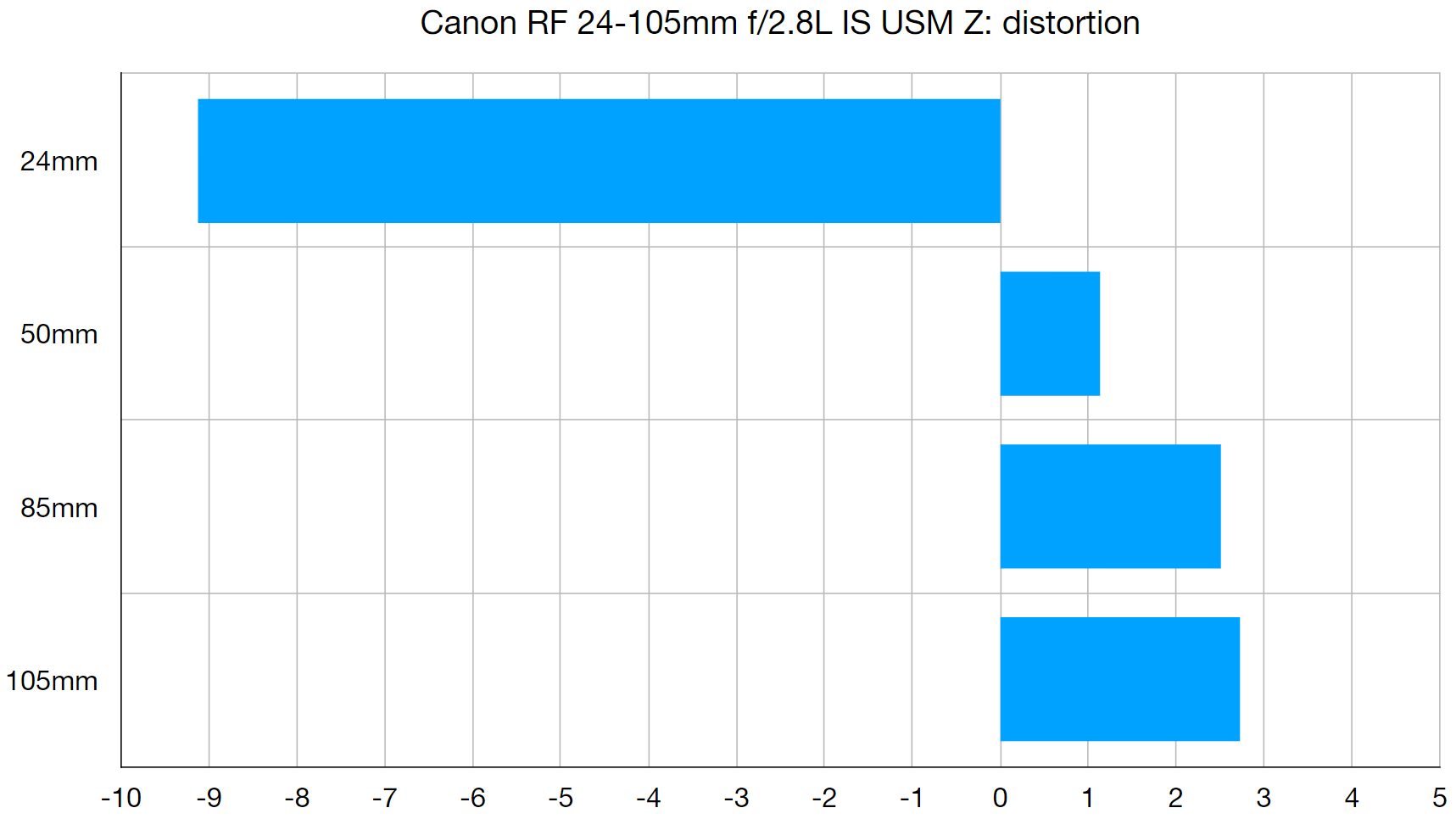
By disabling all distortion correction, the true degree of this lens's optical distortion is revealed. At 24mm, barrel distortion is huge. It quickly transitions to slight pincushion at 50mm, which becomes more pronounced as the focal length increases. Like many modern mirrorless lenses, the RF 24-105mm f/2.8 IS USM Z has been designed to rely on in-camera distortion correction.
Canon RF 24-105mm: Video Performance
As the first lens in Canon's new hybrid Z range, there are a lot of expectations for the video performance, and for anyone who is truly serious about their video production then this is a fantastic lens – and one that combined with the right supplementary equipment will enhance your video production.
To really take full advantage of the video aspects of this lens, you will need to either be willing to invest further in the attachable and incredibly expensive Power Zoom motor or have a rig setup for controlling zoom and pulling focus.
Am I convinced that anyone who who isn't trying to make very high-end video should invest in this lens though? Well no – there was little I could achieve with this lens that wasn't also possible on smaller, lighter and cheaper options. If you are a content creator, YouTuber or wedding videographer, then you probably don't need this lens.
How did the lens perform? Image quality is as outstanding as it is in stills photography, with the 4K footage I sampled using the Canon EOS R5 looking clear and detailed. The zoom range is less dampened than it is on Canon's other lenses, which makes zooming much easier, although less smooth with more of a slide than a twist.
The lens combined with Canon's in-body image stabilization offers up to 8 stops of stabilization, and Canon's stabilization really is some of the best in any camera system. In my sample videos, panning and static shots handheld are smooth with minimal jitters. Focus breathing is also very well controlled – which would have been make or break for this lens.
Holding the lens steady handheld is somewhat more of a challenge due to its size and weight, I was trying to use this lens to get shots on the fly, but after a minute or two of recording my arms were feeling the strain. So you'll probably want to be popping this lens on a sturdy video tripod, luckily the tripod foot is perfectly balanced with the EOS R5 attached for smooth tilting and movements.
Canon RF 24-105mm: Verdict
The Canon RF 24-105mm f/2.8 IS USM Z, the first in a proposed series of new hybrid lenses, has made an impressive debut, and many a photographer’s long-held desire for a 24-105mm lens with a constant f/2.8 aperture has finally been fulfilled – although maybe not in the way that everyone hoped.
This hybrid lens is designed to cater to the needs of both still and video photography, and it does a decent, although not perfect job of making both parties happy. The lens comes at a significant increase in size over both the 24-105mm f/4 and 24-70mm f/2.8 models. Cine lens enthusiasts used to big lenses will find its large size unsurprising, although still photographers might be taken aback by its large size, which I found just a little too substantial to carry around all day.
The lens makes up for its increased heft though by delivering exceptional quality from my testing, consistently producing sharp results throughout the zoom range even in the corners, with only minimal softness at the long end.
Regrettably, its price tag is likely to be a major hurdle for all but dedicated professionals, I think if you are a serious video producer then this lens might appeal to you, but if you want to expand its functionality with the optional PZ-E2 Power Zoom Adapter, then you best have very deep pockets.
| Features | Hybrid controls, image stabilization and a big f/2.8 aperture | ★★★★★ |
| Design | A big lens for video but might be too much for photographers | ★★★★ |
| Performance | Excellent quality throughout the zoom range for stills and video | ★★★★★ |
| Value | An expensive lens priced for professionals who really need this kind of lens | ★★★★ |
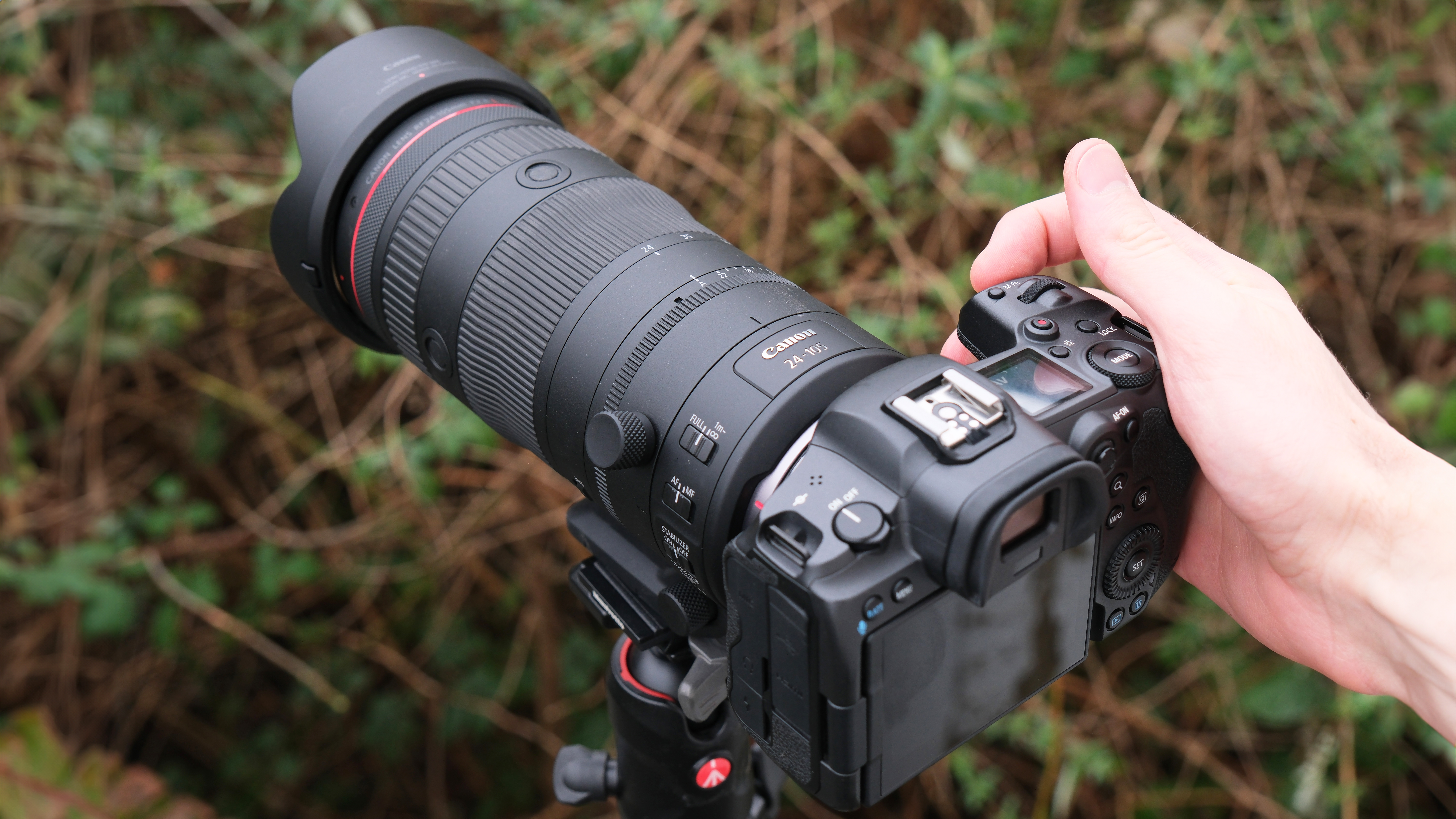
✅ Buy this if...
- You shoot professional video as often as photography
- You are a professional who demands the very best quality regardless of price
- A larger aperture is crucial for your work
🚫 Don't buy this if...
- You don't shoot a lot of professional video
- You want a lens that is compact and easy to travel with
- You won't make full use of the focal range or wider aperture
Canon RF 24-105mm f/2.8L IS USM Z Alternatives
At a fraction of the size, the Canon RF 24-105mm f/4L IS USM is the simple choice for anyone who is looking for a small and compact lens with the same focal length, and I think the better option for stills photographers.
Nothing quite competes with the hybrid nature of the Canon 24-105mm f/2.8 or its combination of aperture and focal length. However, the next best thing is the Canon RF 24-70mm f/2.8L IS USM, which still performs admirably for video, and has a beautiful wide aperture while being considerably smaller, lighter, and cheaper too!
If you really care about a wide aperture for low light or creative use, then one of the best zooms you can get is the Canon RF 28-70mm f/2L USM. The lens is large and expensive but has outstanding image quality to justify that, although you do miss out on any optical image stabilization.

Gareth is a photographer based in London, working as a freelance photographer and videographer for the past several years, having the privilege to shoot for some household names. With work focusing on fashion, portrait and lifestyle content creation, he has developed a range of skills covering everything from editorial shoots to social media videos. Outside of work, he has a personal passion for travel and nature photography, with a devotion to sustainability and environmental causes.


